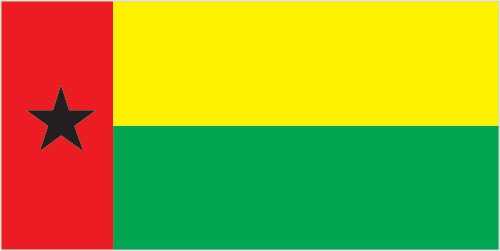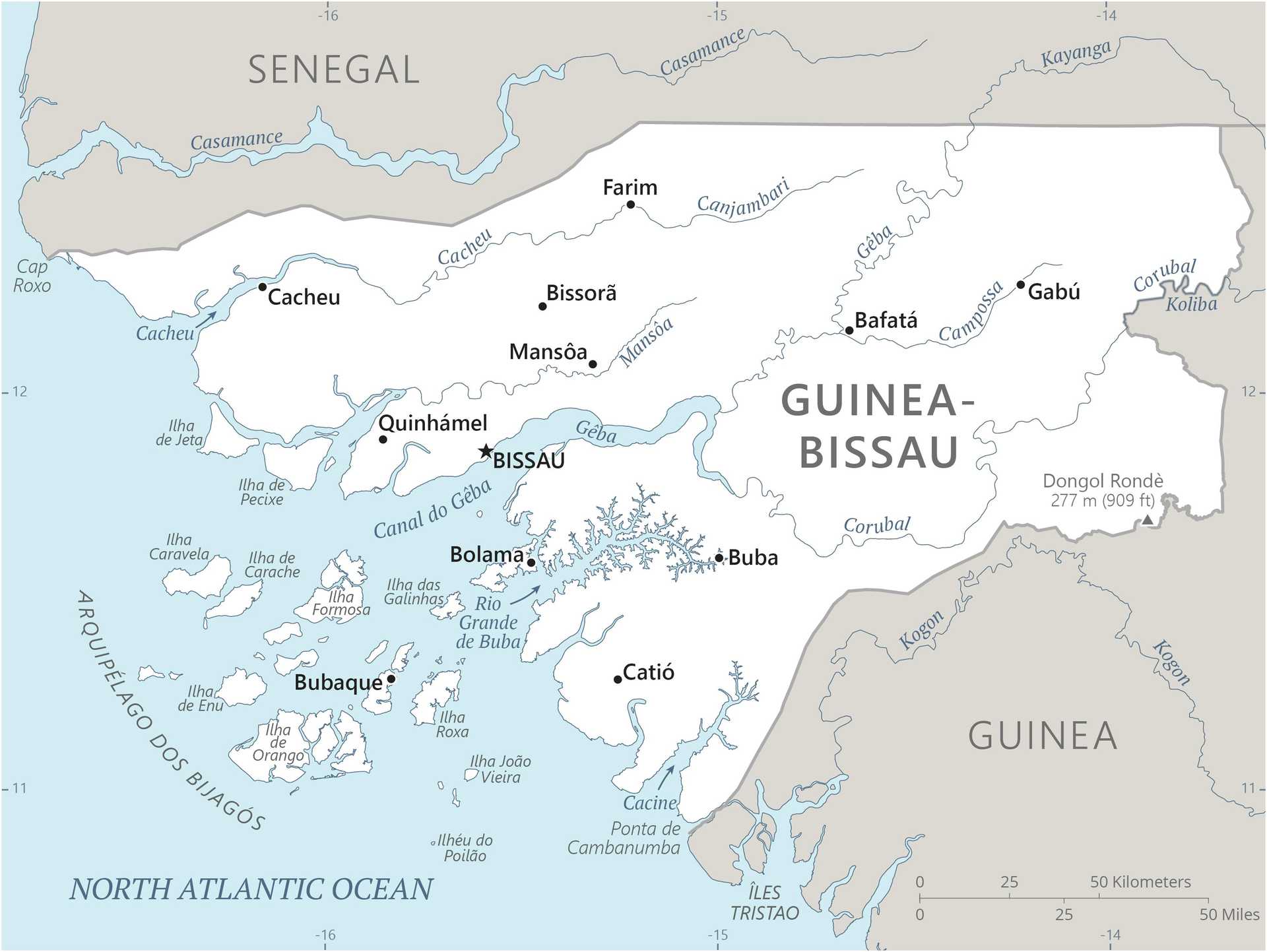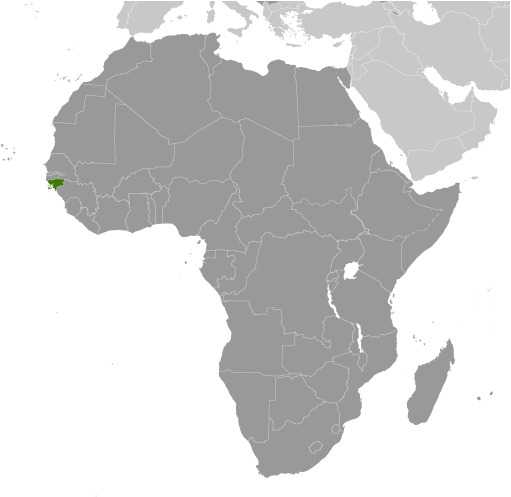Introduction
Visit the Definitions and Notes page to view a description of each topic.
Geography
People and Society
Population
comparison rankings: total 150; male 151; female 147
Median age
comparison ranking: total 221
Population growth rate
comparison ranking: 18
Birth rate
comparison ranking: 11
Death rate
comparison ranking: 114
Net migration rate
comparison ranking: 188
Maternal mortality ratio
comparison ranking: 9
Infant mortality rate
comparison ranking: total 22
Life expectancy at birth
comparison ranking: total population 207
Total fertility rate
comparison ranking: 13
Obesity - adult prevalence rate
comparison ranking: 144
Alcohol consumption per capita
comparison ranking: total 108
Tobacco use
comparison ranking: total 152
Children under the age of 5 years underweight
comparison ranking: 20
Education expenditure
comparison ranking: Education expenditure (% GDP) 167
Environment
Carbon dioxide emissions
comparison ranking: total emissions 193
Government
Economy
Real GDP (purchasing power parity)
comparison ranking: 177
Real GDP growth rate
comparison ranking: 50
Real GDP per capita
comparison ranking: 200
Inflation rate (consumer prices)
comparison ranking: 120
GDP - composition, by sector of origin
comparison rankings: agriculture 2; industry 158; services 187
Industrial production growth rate
comparison ranking: 20
Labor force
comparison ranking: 149
Unemployment rate
comparison ranking: 29
Youth unemployment rate (ages 15-24)
comparison ranking: total 182
Gini Index coefficient - distribution of family income
comparison ranking: 96
Taxes and other revenues
comparison ranking: 135
Current account balance
comparison ranking: 102
Debt - external
comparison ranking: 108
Energy
Electricity
comparison rankings: installed generating capacity 203; consumption 200; transmission/distribution losses 12
Energy consumption per capita
comparison ranking: 182
Communications
Telephones - fixed lines
comparison ranking: total subscriptions 220
Telephones - mobile cellular
comparison ranking: total subscriptions 142
Broadband - fixed subscriptions
comparison ranking: total 189
Transportation
Merchant marine
comparison ranking: total 147



